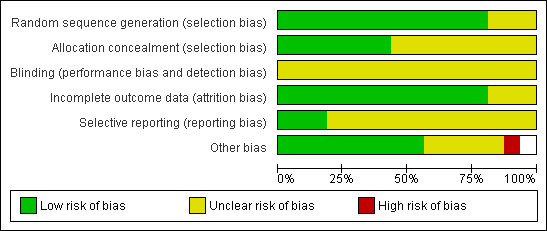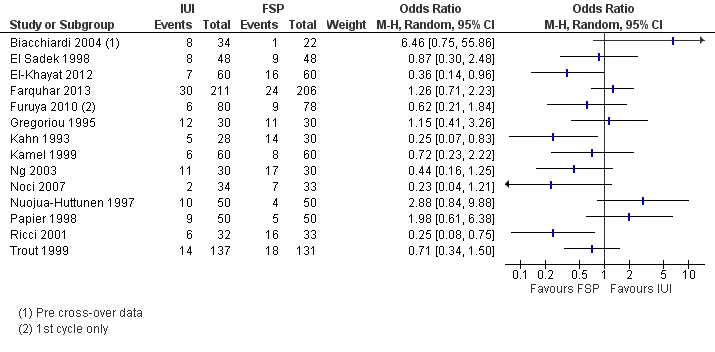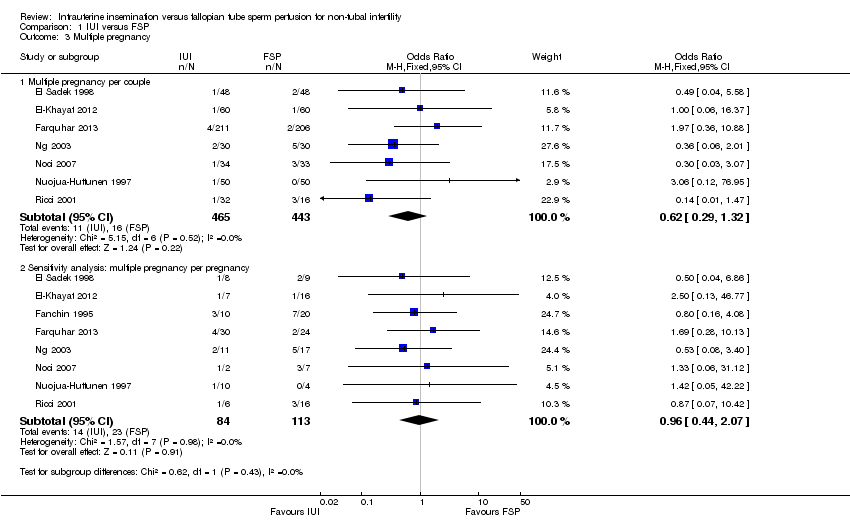Contenido relacionado
Revisiones y protocolos relacionados
Lars W Westergaard, Patrick MM Bossuyt, Fulco Van der Veen, Madelon van Wely | 16 febrero 2011
Rui Wang, Andrew Watson, Neil Johnson, Karen Cheung, Cheryl Fitzgerald, Ben Willem J Mol, Lamiya Mohiyiddeen | 15 octubre 2020
Danielle M Teixeira, Andre H Miyague, Mariana AP Barbosa, Paula A Navarro, Nick Raine‐Fenning, Carolina O Nastri, Wellington P Martins | 21 febrero 2020
Nora A Baak, Astrid EP Cantineau, Cindy Farquhar, Daniel R Brison | 17 septiembre 2019
Ying Longa, Huili Zhua, Yuanyuan Hu, Licong Shen, Jing Fu, Wei Huang | 1 julio 2020
James M N Duffy, Neil Johnson, Gaity Ahmad, Andrew Watson | 15 abril 2009
Charalampos S Siristatidis, Eleni Sertedaki, Dennis Vaidakis, Christos Varounis, Marialena Trivella | 16 marzo 2018
Petronella AL Kop, Monique H Mochtar, Paul A O'Brien, Fulco Van der Veen, Madelon van Wely | 25 enero 2018
Lidija Rakic, Elena Kostova, Ben J Cohlen, Astrid EP Cantineau | 14 julio 2021
Esmée M Bordewijk, Marleen Nahuis, Michael F Costello, Fulco Van der Veen, Leopoldo O Tso, Ben Willem J Mol, Madelon van Wely | 24 enero 2017
Respuestas clínicas Cochrane
Newton Opiyo | 5 diciembre 2016














